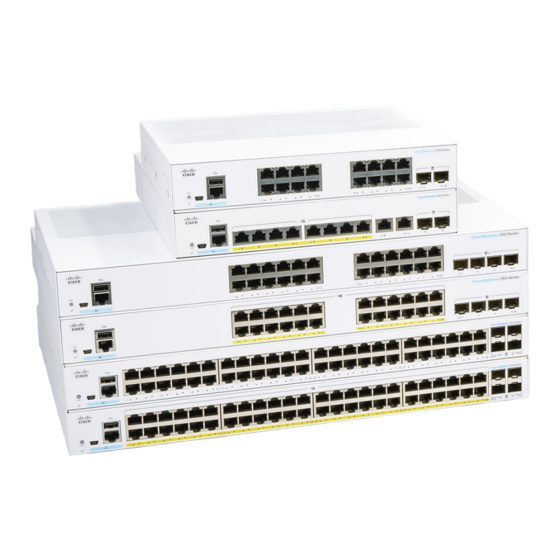4 Configure the Bridge (continued)
In the Radio Service Set ID (SSID) field, enter the case-sensitive SSID provided by your system
Step 4
administrator, if it has not already been set. If you set an SSID using IPSU, verify that the
correct SSID is listed in the SSID field. (The default SSID for the bridge is tsunami. For security
reasons, we recommend that you change the default SSID.)
The bridge can be configured to operate as a bridge or as a rugged access point. Specify the
Step 5
role of the bridge in your network by selecting one of the following options in the Role in
Radio Network field. The first three options are bridge roles, and the last three are access
point roles. When an access point role is selected, the Spanning Tree Protocol (STP) function
is disabled.
Root Bridge: Use this setting for the bridge that is connected to the main wired LAN. This
bridge can communicate with non-root bridges, repeater access points, and client devices but
not with another root bridge. Only one bridge in a wireless LAN can be set as the root bridge.
Non-Root Bridge w/ Clients: Use this setting for non-root bridges that will accept associations
from client devices and for bridges acting as repeaters. Non-root bridges with clients can
connect to a remote wired LAN segment, can associate to root bridges and other non-root
bridges that accept client associations, and can accept associations from other non-root
bridges, repeater access points, and client devices.
Non-Root Bridge w/o Clients: Use this setting for non-root bridges that are attached to a
remote LAN segment and will communicate only with another bridge. This setting prevents
the bridge from accepting associations with client devices.
Root Access Point: Use this setting to set up the bridge as a rugged access point that is
connected to the wired LAN. This access point connects clients to the wired LAN.
Repeater Access Point: Use this setting to set up the bridge as a rugged repeater access point.
A repeater access point is not connected to the wired LAN; it is placed within radio range of
an access point connected to the wired LAN to extend the range of your infrastructure or to
overcome an obstacle that blocks radio communication.
Site Survey Client: Use this setting when performing a site survey for a repeater access point.
When you select this setting, client devices are not allowed to associate.
Click Apply.
Step 6
Your bridge is now up and running. Refer to the Cisco Aironet 350 Series Bridge Software
Configuration Guide on the Cisco Aironet Series Wireless Access Points and Bridges CD for
information on setting advanced configuration parameters and additional security features and for
instructions on accessing the online help.
9

